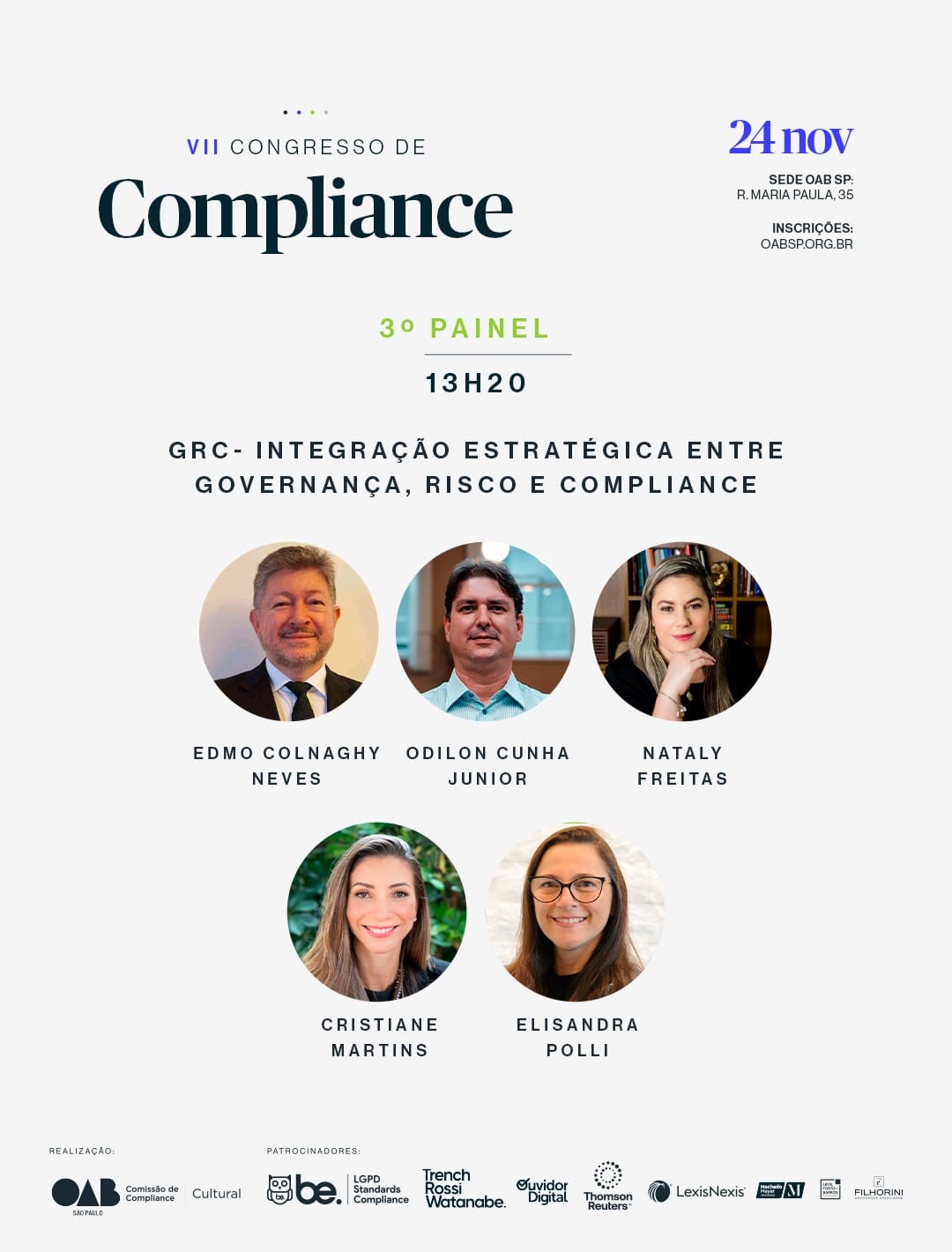Belém summit could not deliver a roadmap to end fossil-fuel dependence, but its outcomes may shape climate politics for years
11/24/2025
Like the historic United Nations Conference on Environment and Development in Rio de Janeiro in 1992, which led to the adoption of three environmental conventions addressing climate change, biodiversity loss, and desertification, COP30 will have a lasting impact. The first UN climate conference ever held in the Amazon rainforest—and the first at a moment when major ecosystems are nearing irreversible tipping points—was also the first to confront the fossil-fuel problem head-on and attempt to propose a way out: a global roadmap to phase out oil, gas, and coal. That effort ultimately failed, but after COP30 it will be hard for governments to speak only about the symptoms of climate breakdown.
COP30 nearly fell apart because of the ambition behind the proposal. On Wednesday night, in the final stretch of negotiations, shortly after President Lula and Environment Minister Marina Silva argued that the conference needed to create a mandate—a task force or any mechanism capable of planting the seeds for two roadmaps, one for ending fossil fuels and another for ending deforestation—the talks hit their most dramatic moment. Lula had met with representatives from key countries such as Saudi Arabia, China, and Egypt to discuss the possibility of mentioning fossil fuels directly in the negotiating text.
That move triggered a forceful reaction from a coalition of 82 countries. China, Egypt, and Saudi Arabia were joined by dozens of others—including India, Indonesia, Russia, Uganda, the United Arab Emirates, and Venezuela—in demanding an emergency meeting with COP30 President André Corrêa do Lago. They threatened to bring down the entire “mutirão” process if the next draft text mentioned fossil fuels at all. The Arab group, representing 22 countries including Saudi Arabia, went further: if any COP30 decision referenced fossil fuels, they warned, the entire conference would collapse.
On Thursday, Brazilian diplomats began drafting a new text to bring the process back on track. Then a fire broke out in the Blue Zone facilities. Once safety was restored, negotiators resumed work, producing pre-dawn drafts stripped of any reference to fossil fuels or roadmaps. It became clear that it was impossible to face the monster with only a few warriors on board.
Instead, the strategy shifted to securing outcomes that could resonate in the future. The “mutirão” text includes a strong affirmation of multilateralism and states unequivocally that the energy transition is irreversible—a unified message from 194 countries to U.S. President Donald Trump. In the fragmented geopolitical landscape of 2025, such consensus is far from trivial. Another important step: for the first time, there is a formal decision to move the climate regime from negotiation to implementation, acknowledging the urgency of the crisis and the need to accelerate action and cooperation.
The conference’s main deliverable is a global implementation accelerator, modeled on the existing action agenda. It is expected to serve as a platform to channel solutions and speed up the transition, buying time in the climate fight by cutting methane emissions and boosting carbon-removal initiatives such as forest restoration. The accelerator is also meant to trigger what negotiators call “positive tipping points,” cascading effects in which climate solutions reinforce each other. The presidents of COP30 and COP31 will guide how the mechanism will operate.
Another outcome was the decision to triple adaptation finance. Brazil’s presidency had to negotiate with the EU, which resisted making new commitments on its own. The compromise shifted the target year from 2030 to 2035 and stated that the $120 billion pledged by developed countries for developing nations would come from all sources.
COP30 also established a just-transition mechanism, a gender action plan, and global adaptation goals, although these will continue to be refined. Here, Brazil’s presidency faced an unexpected challenge: countries such as Colombia and Panama objected to the indicators for measuring adaptation progress, creating tension in the plenary. The dispute was resolved on the spot, but it set a troubling precedent. Colombia, insisting on referencing fossil fuels, threatened to block the texts. At a critical moment, Colombia and Panama demanded that no delegation ever be ignored again. The Saudi delegation immediately backed the idea of giving any country the power to veto decisions, a precedent that many fear could undermine the entire climate regime.
*By Daniela Chiaretti — São Paulo
Source: Valor International
https://valorinternational.globo.com/


/i.s3.glbimg.com/v1/AUTH_37554604729d4b2f9f3eb9ad8a691345/internal_photos/bs/2025/p/e/qcRuCHQBqV03fVtZ4s1w/drone-usp-divulgacao.jpg)